|
During a Flory Models live show (video below) I had a question on cockpit colours. When it comes to giving an answer on what was the colour of a Bf 110 cockpit I wanted to be 110% sure (and the pun was unintentional) It's when I'm on the spot, that self-doubt kicks in. Around the 1 hour 50 mark you'll see me digging through references trying to find a definitive quick answer. The question that started it all was "Question for the Lutwaffe expert. I am building the 1/48 Eduard bf110F. I used RLM02 (1941 version) for the back cockit and wheel wells. I am making an error?" In queries that followed the live show, an image was sent to me that seems to have started it all. This image has been nicely colorised elsewhere on the internet; but there is no doubt that the cockpit sides and framing are much lighter than the instrument panel. This aircraft was definitely painted in RLM 02 with an RLM 66 instrument panel. Digging an little deeper this image was taken in November 1940. Another image shown below, dated 1939 again confirm that the cockpits were painted RLM 02. Note the contrast between the instruments and parts of the interior that is not in shadow. Moving forward into Russia in 1941 we have a picture that, once confirms RLM o2. What this picture can't tell us is how old the aircraft was at the time of the photograph. Was it a Battle of Britain era aircraft redeployed to the Eastern front? The final image is from 1943. The framing appears much darker than the fabric curtain and the crew members parachute straps. The generally accepted view from references is that in the 1941 regulation L.Dv 521/1 stated "RLM 66 was specified for painting all areas visible through cockpit and canopy glazing" (AK Real Colors of WWII page 90).
This is confirmed by my preferred reference book, "The November 1941 issue of L.Dv.521/1....All cockpit areas visible through a glazed covering were to be finished in 7107.66, principally as an anti-glare measure, but also as not to compromise the external camouflage finish" (Luftwaffe Camouflage and Markings 1933-1945, Merrick & Kiroff page 207). So where does that leave a Bf 110 in 1941?I've two thoughts, the change in regulations came out at the end fo 1941 so it is possible that the cockpit was partially painted in RLM 02. Another view is that LDv.521/1 was confirming what was already general practice so the cockpit could have been RLM 66 throughout. I'd personally be tempted to paint the front cockpit RLM 66 and the rear RLM 02, it is visually more interesting and the aircraft was probably manufactured prior to the RLM 66 regulation. I'd like to finish off with a generally accepted rule. If an aircraft is from after the Battle of Britain its cockpit was probably RLM 66. In my second post on Luftwaffe colours, I will be looking at a recent purchase. Aeromaster are well known for the decal range, but what may have been forgotten is that they once producted a range of paints. Colour samples from their paints range is included here. What this booklet does is highlight some of the issues that are encountered when trying to be accurate with regards to colour. The bulk of the booklet is colour side profiles, many taken from Aeromaster's decal range. The last three pages of the booklet are pertinent to the point in hand. There is a series of hand painted samples included.
The RLM 04 paint chip is worthy of notes. The brush marks where the paint has been applied both thinly and thickly show a definiate shift in tone. This is a point alluded to a number of references - the surface upon which a paint applied and how it is applied can have an impact on how a colour appears. This document is not perhaps the definitive reference, in fact it points towards the conclusion that I had already arrived at: the definitive colour reference does not exist and the modeller is going to have to make do with something that is close to what was applied to the real aircraft. An important point about scale effect is raised in the second paragraph of the booklet. The warbirds paint range is lightened to take account of scale effect, which presumably means that the twenty paint chips included are also lighter than actual RLM paints. The booklet mentions that the paint has been lightened for ease of use but they recommend a further adjustment of 15%, 10% and 5% white for scales 1/72 1/48 and 1/32 respectively. So another variable has been introduced into the mix, if you'll pardon the pun. One of the most common questions that we get asked at shows is with regards to colour and paint matches. This is a very broad question and falls into three distinct camps. Post war colours present few problems and will be dealt with separately. World War One sees the modeller able to access fabric samples and they are well served by decal manufacturers. Again World War One will be treated to a separate article. The real issue and subject of this article is with regards to World War Two paint matches. The head quarters of Reichsluftfahrt Ministerium (RLM) have survived the war and are very much intact but it is impossible to walk into the building and access the once extensive archives of paperwork. The building is now used by the Federal Ministry of Finance. Because a time capsule of perfectly preserved paints does not exist we are left with one of the most persistent conundrums in the scale modelling community. I often think back to conversations with my friend Steve Hague, now sadly not with us. When handed a set of paint samples from various World Was Two aircraft, Steve was instantly able to pick holes in what was intended to be a definitive reference. The samples had been in the ground for, at that time, six decades and had almost certainly altered over time. Sadly Steve was not able to offer a solution. However, equally as important, he was able to query the research behind what was presented.
There is a great deal on conventional wisdom with regards to Luftwaffe colours. Having said that there are a number of well researched works available to the modeller and I shall attempt to summarise my what I find on this website. Since many of the articles have been written, a myriad of paint manufacturers have joined the market, but for now I would like to direct you towards once of the most extensive paint cross reference guide on the IPMS Stockholm site. In an ideal world, I would like to arrive at a conclusion that one paint manufacturer has got it right and we can go to one place to get all our colours. Manufacturers like Hataka seem to be offering us an ideal solution with a collection of paint sets. However, just as my friend Steve did, I am mindful to question everything that is presented to us in the pursuit of colour accuracy. I am also waiting to see what AK Interactive offer when they expand their Real Colors range. As a starting point I have found this website very informative. It approaches the subject from a different angle: computer gaming. However, the bibliography is very useful and the website provides a good starting point in how to best approach this academic exercise. I suspect my research will not leave us with a perfect ending, but I hope you enjoy my trawl through books and online sources of information. If it doesn't give us a definitive list of paint matches atleast I will have provided something to ponder when you take a Messerschmitt of Folke Wulf out of the stash. I will be writing from the ground up. By that, I intend to write an article for the complete novice who might be building there first Luftwaffe aircraft. You will find the results of my research here. As I'm sure many of you appreciate, this.is going to take some time, so please do bear with me, |
The German Military Aviation
Special Interest Group The Luftwaffe SIG Newsletter online edition written by SIG Leader Nathan Robinson.
Categories
All
|
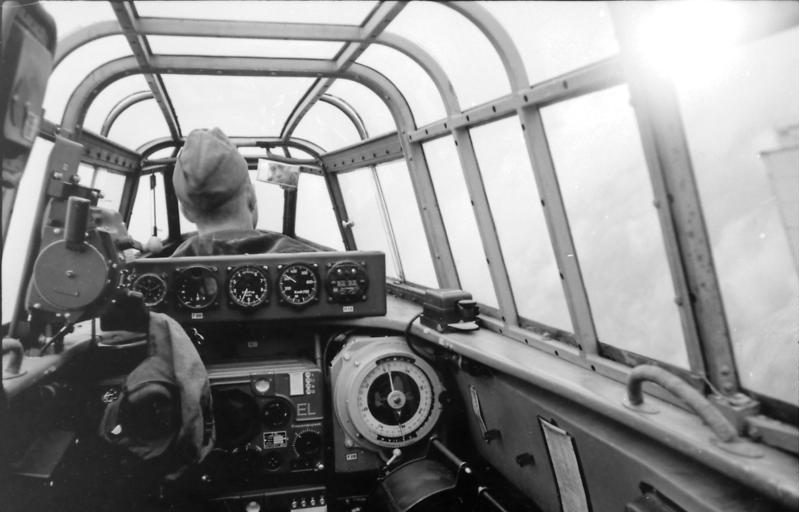
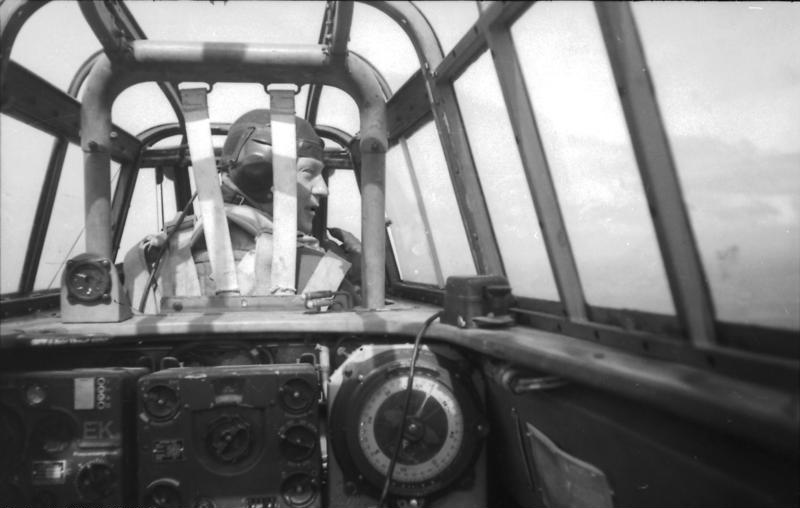
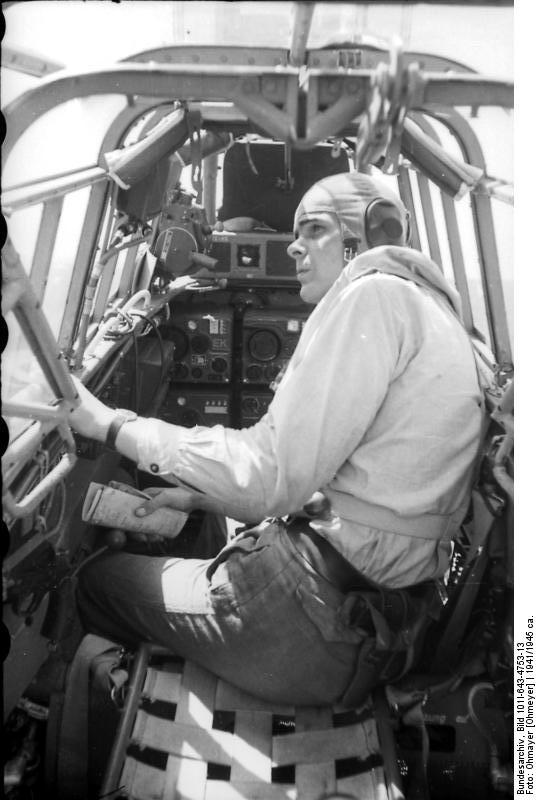
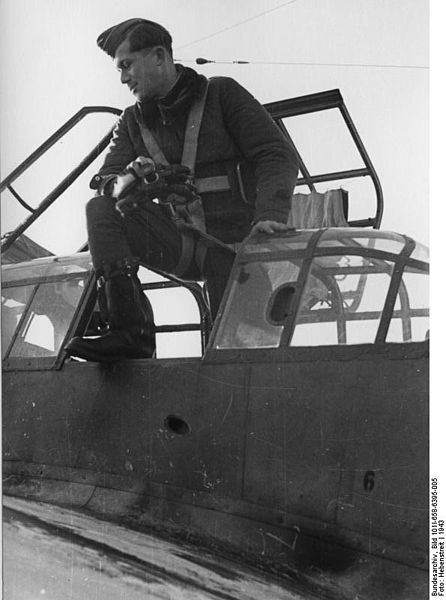
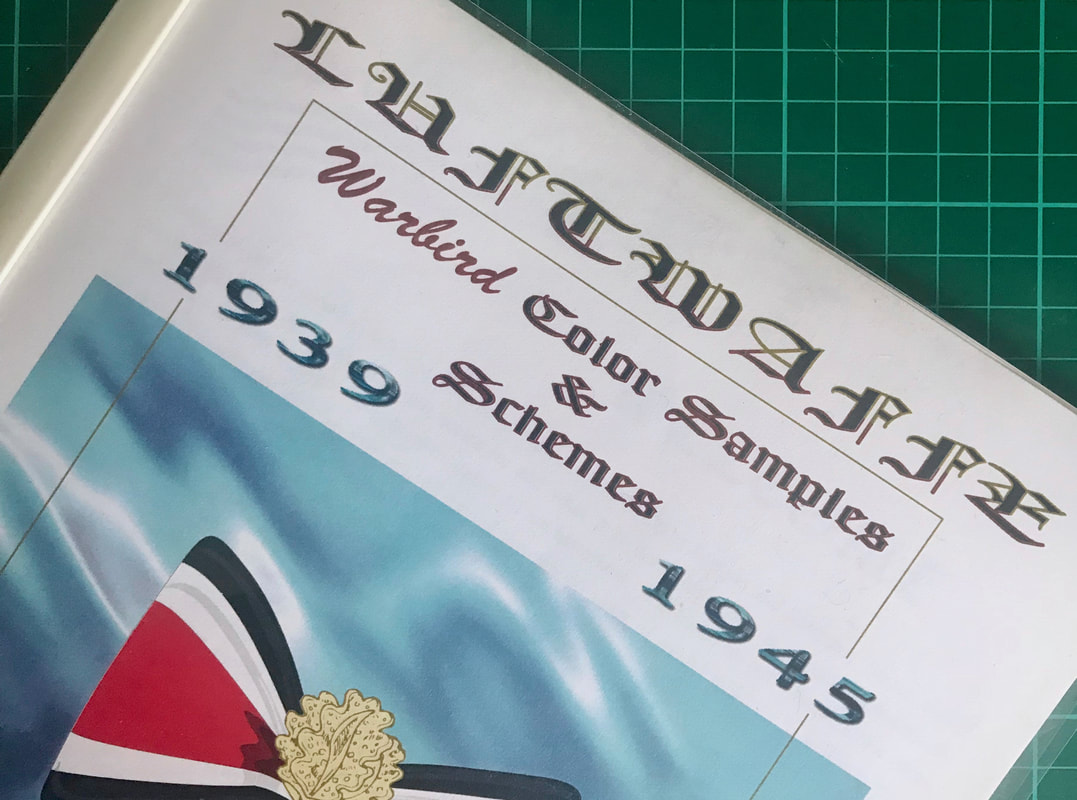
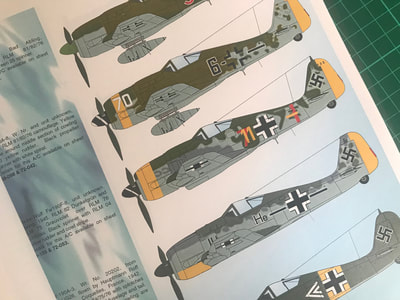
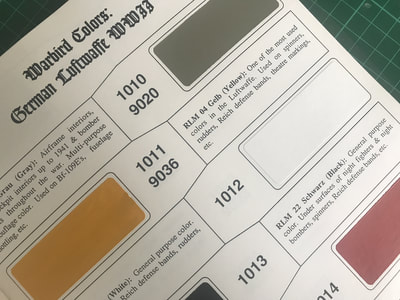
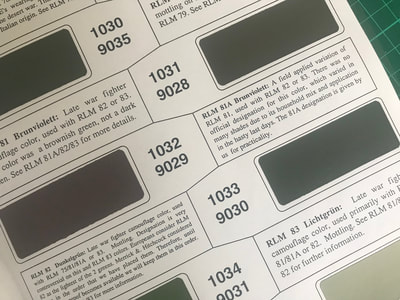
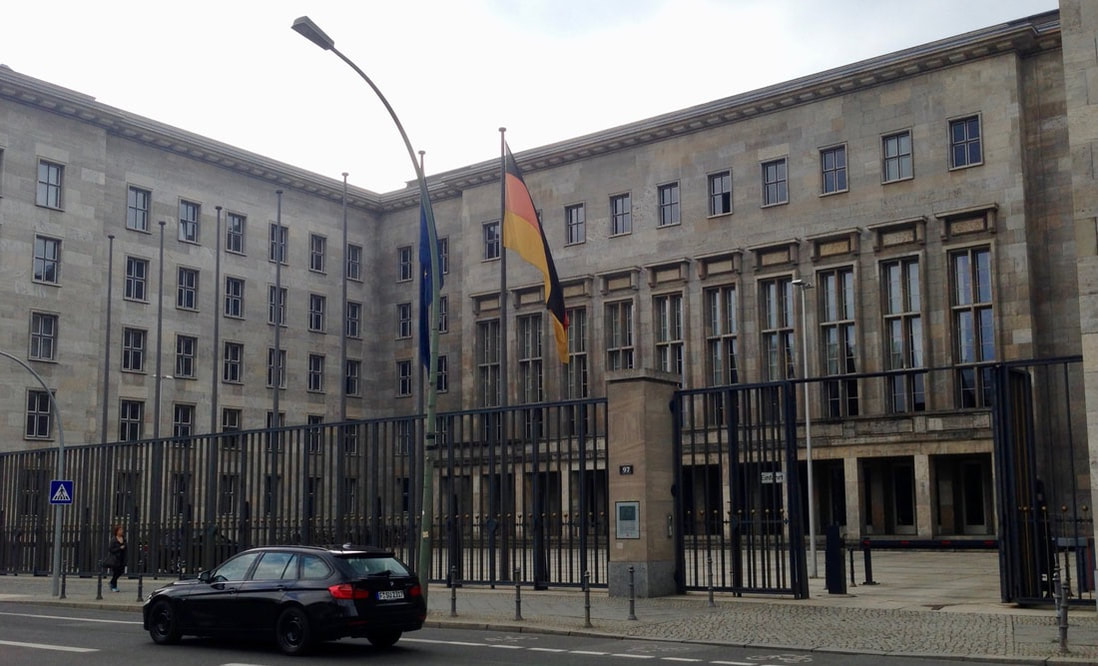
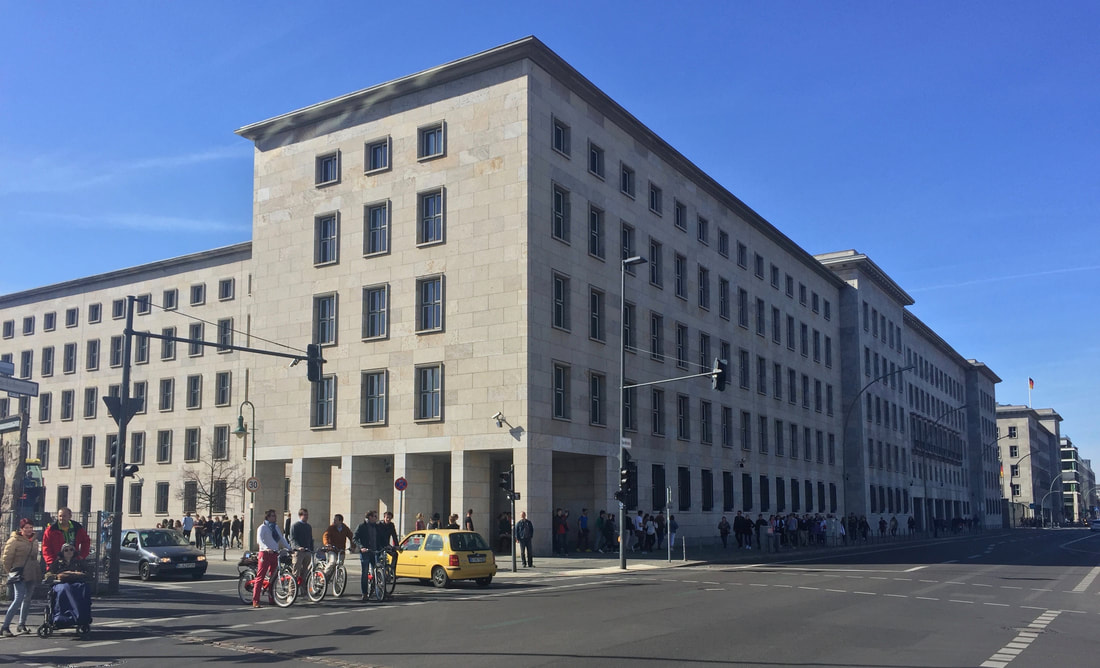
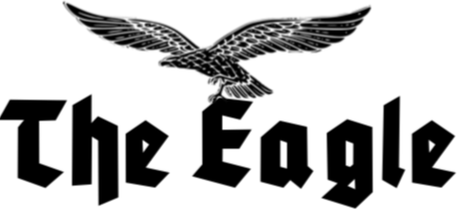
 RSS Feed
RSS Feed
